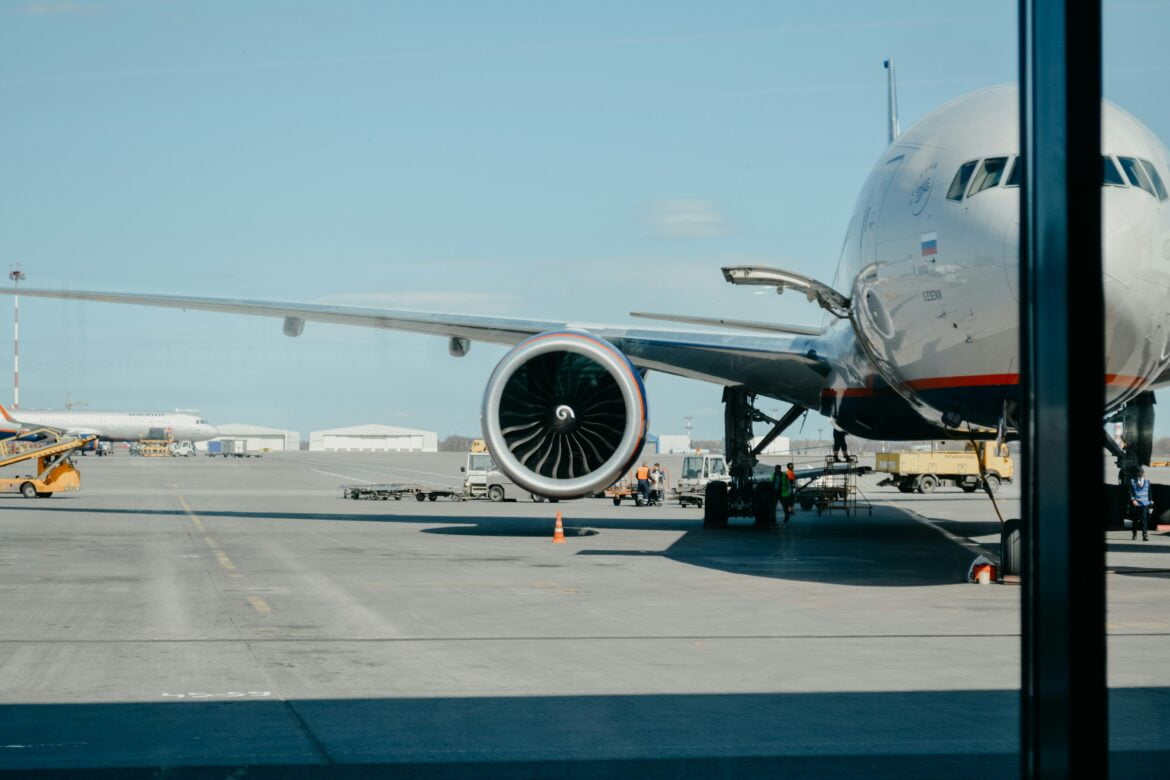The International Air Transport Association (IATA) has released its Aviation Net Zero CO2 Transition Pathways Comparative Review.
The report aims to provide a “one-stop shop” for airlines, policymakers and aviation stakeholders to better understand the key similarities and differences between the various roadmaps and their various plans for net zero carbon emissions by 2050.
The review, published together with the Air Transportation Systems Laboratory at University College London (UCL), the Air Transport Action Group (ATAG), the International Council on Clean Transportation (ICCT) and the Mission Possible Partnership (MPP), is the first to compare 14 leading net zero CO2 transition roadmaps for aviation, it shared.
Specifically, the report compares the selected roadmaps in terms of their:
- Scope,
- Key input assumptions,
- Modeled aviation energy demand,
- Respective CO2 emissions, and
- The emissions reduction potential of each mitigation lever (new aircraft technologies, zero-carbon fuels, SAF, and operational improvements).
The report found that possible pathways to net zero CO2 emissions by 2050 differ significantly depending on the authors’ key assumptions regarding how decarbonisation technologies and solutions may evolve.
Depending on these assumptions, the resulting role of particular levers in aviation’s decarbonisation will be more or less important.
Further, all roadmaps assume that Sustainable Aviation Fuels (SAF) will be responsible for the greatest amount of CO2 reductions by 2050.
However, the role of SAF varies widely from 24 per cent-70 per cent (with a median value of 53%), which it said reflects the uncertainties regarding potential supportive government action, the level of investments, cost of production, and profit potential, as well as access to feedstocks.
Technology and operational efficiency improvements are expected to have a similar role in the net zero transition across the roadmaps, together contributing to about 30 per cent of the emissions reduction in 2050 in all scenarios.
The estimated emissions savings by hydrogen and battery-powered aircraft vary greatly across the roadmaps.
This depends on whether a strong pro-hydrogen policy is adopted, and whether there is a rapid decline in renewable energy prices.
Finally, the report found that almost all the global roadmaps suggest that the aviation sector will need help from market-based measures and carbon removals to address the residual emissions in 2050, to achieve net zero CO2 emissions in 2050.
To read the full report, head here.




